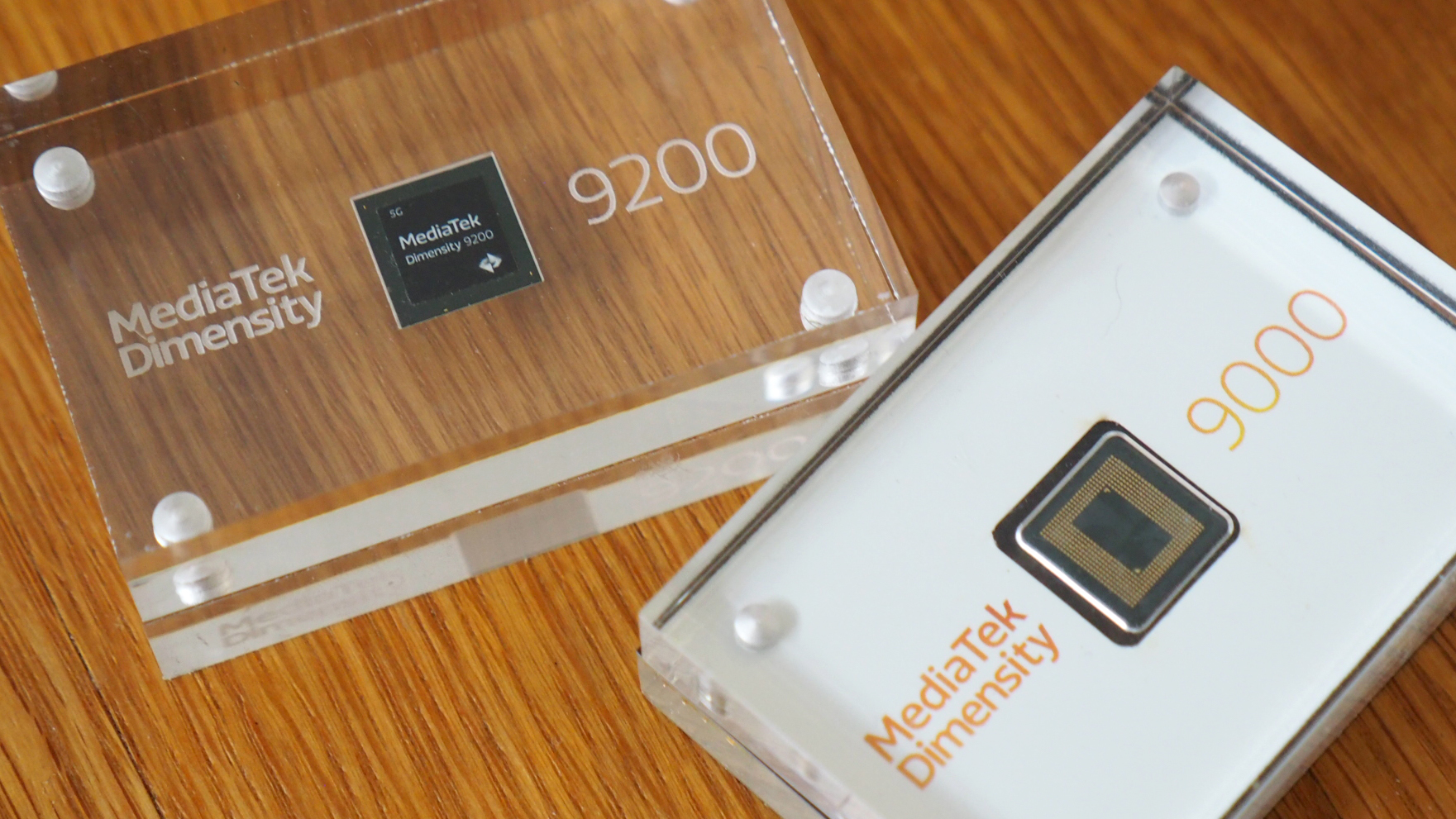
What's the most powerful mobile phone? Based on MediaTek's latest mobile chipset announcement, it will probably be the next one to feature Dimensity 9200 on board. As that's the very name of the company's latest and greatest, destined for the as-yet-to-be-announced best Android phones from early 2023 (well, some of them anyway).
You might be thinking: "Dimensity? What's that all about?". I've been following MediaTek's progress as the company has rapidly ramped up its process and power potential in the mobile marketplace. And let me tell you: it's no longer all about Qualcomm (largely expected to launch Snapdragon 8 Gen 2 hot on the heels of this Mediatek Dimensity 9200 announcement) in the premier mobile space.
However, MediaTek's reach at the top-tier of this market isn't quite as wide as its competition. Not for lack of capability – when Dimensity 9000 arrived, it brought with its 320-megapixel camera capabilities, for example – just that in the Western market few handsets have branched out to take on this particular chip. I'd certainly like to see more, especially given what's on offer.
With the arrival of Dimensity 9200, however, MediaTek's expectation is for it to proliferate the market sooner and more widely – not just in the East. So here's key Dimensity 9200 info, how it betters Dimensity 9000, and why you should consider it as a desirable specification for your potential next phone purchase come 2023.
MediaTek Dimensity 9200: What's new?
I've put together a table below to show the generation-on-generation jump between MediaTek 9000 and the latest MediaTek 9200. If you've got deep knowledge then a lot of it will make quick sense to you, if not then there's some interesting contextual aspects that I highlight below the comparison below.
| Header Cell - Column 0 | Dimensity 9200 | Dimensity 9000 |
|---|---|---|
| Process | 2nd Gen 4-nanometre (TSMC) | 1st Gen 4-nanometre (TSMC) |
| CPU: | 8 core: 1x 3.05GHz (Cortex X3 - 64-bit); 3x 2.85GHz (Cortex-A715); 4x 1.8GHz (Cortex-A510) | 8 core: 1x 3.05GHz (Cortex X2); 3x 2.85GHz (Cortex-A710); 4x 1.8GHz (Cortex-A510) |
| RAM: | LPDDR5X (8533Mbps) | LPDDR5 (7500Mbps) |
| GPU: | Immortalis-G715 (11-core) | Mali-G710 MC10 (10-core) |
| Camera | 320MP capable; RGBW sensor compatible | 320-megapixel capable |
| Connectivity: | 5G mmWave & sub-6GHz | 5G sub-6GHz only |
| Wi-Fi: | Wi-Fi 7 (ready) | Wi-Fi 6E |
First impressions: it's not massively different, right? I read that as being down to where the market is more than anything, as the manufacturer of these chipsets, TSMC, based over in Taiwan, depends on reaching its next 'process' (i.e. a shrinking of physical size for performance benefits, in essence). While Dimensity 9200 is still 4nm, just like Dimensity 9000, the newer chipset is built on the second-gen form.
And while it'd be easy to read the CPU as being like-for-like, there are some small but important updates within: the most powerful core, for example, is a pure 64-bit architecture, meaning it can package and process more information more quickly. The clock speed may be no 'better', but 'better' isn't just a Gigahertz count.
Sign up to the T3 newsletter for smarter living straight to your inbox
Get all the latest news, reviews, deals and buying guides on gorgeous tech, home and active products from the T3 experts
Elsewhere there are some more significant pushes forward: the new 'Immortalis' GPU from ARM, for example, is capable of ray-tracing from hardware. That means ace lighting effects directly in your mobile games. Or, more accurately, it opens the door for them: I'm yet to see a ray-tracing-capable mobile game, but this kind of hardware announcement surely means that some are coming...
Dimensity 9200: Headline features for your next phone
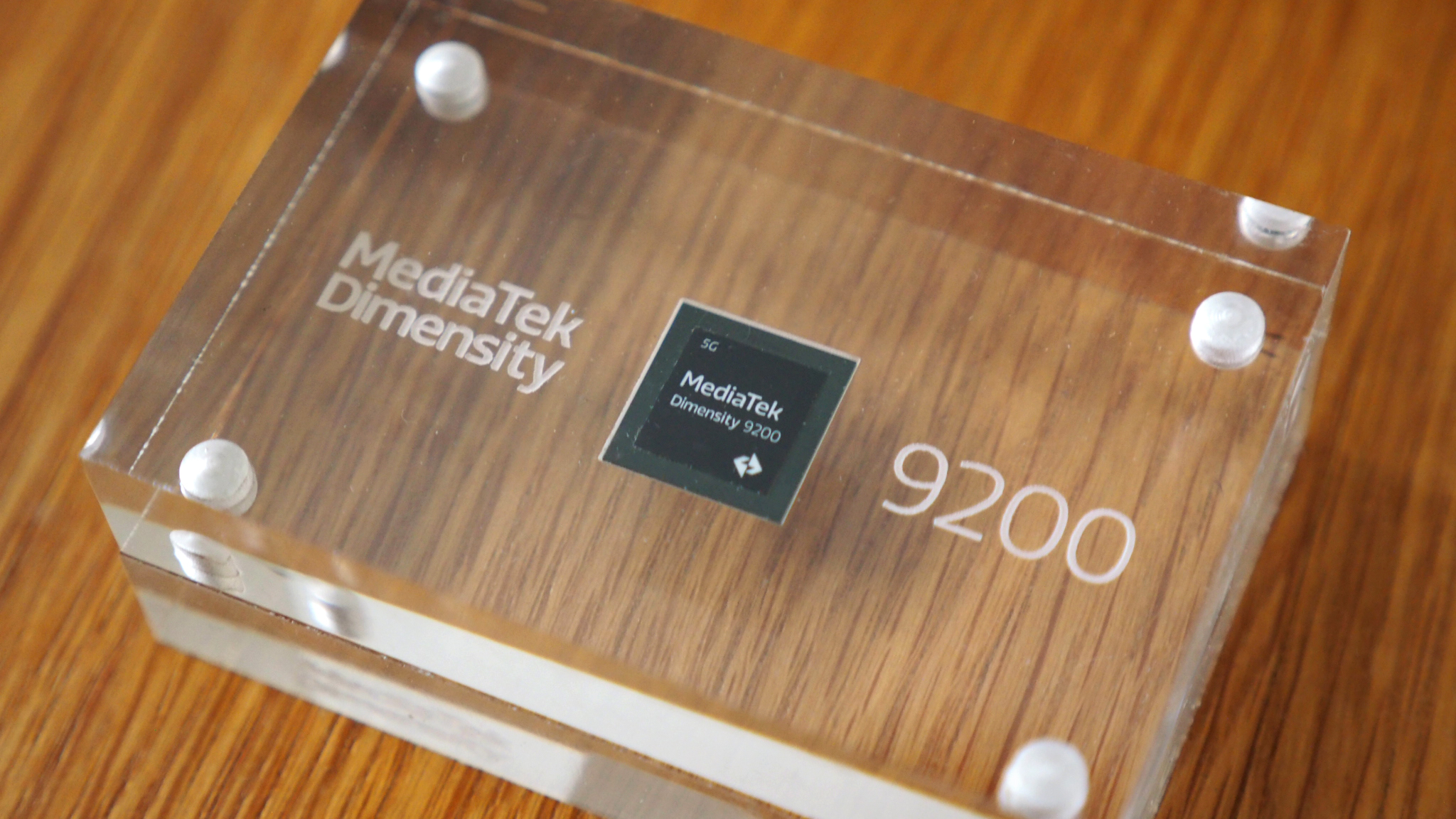
It's all too easy to shrug off a chipset as being, well, 'just another chipset', right? But I thnk it's well worth looking at the kind of support that's on offer for real-world use-cases and features. So here's my top-five summary of what's great about Dimensity 9200 and what it could mean for your next flagship:
1. Super-high camera resolution: MediaTek was the first to offer 320-megapixel camera support, which means it won't be long before even higher-resolution offerings reach the market. At the moment things cap out at 200MP, which is an impressive start. Why would you want more? It's better for digital zoom potential, it's better for oversampling potential, and it could open the door for even higher-res video shooting.
2. Better low-light camera potential: Dimensity 9200 is compatible with RGBW camera sensors. I know, another acronym. But that means forthcoming sensors will add 'White' to the 'Red, Green, Blue' typical way in which they process information. That's an important new feature, as the additional channel should mean much better low-light performance. And if camera phones need to improve in one area it's largely down to low-light shooting.
3. Speedy connectivity: It was back in May this year I wrote about Wi-Fi 7 speeds coming. And, well, surprise surprise (not), MediaTek has delivered on that. Well, sort of. The Wi-Fi 7 standard isn't ratified as yet, and that'll take a while yet, but with future technology you'll be able to plug into faster speeds – and I'm talking twice as fast as Wi-Fi 6E. No more waiting extra time for that big mobile gaming data download, for example.
4. Smoothest display: The Dimensity 9200 is capable of supporting the fastest refresh-rates of any mobile phone displays, at up to 180Hz (at Full HD+ resolution), so I wouldn't be surprised to see future gaming phones opting for this chipset to better the current top-end 144Hz. Better still, higher-resolution (to WQHD+) is supported to 144Hz anyway, so this chipset promises ultra-smooth visuals on more-or-less whatever display is going to be fitted. If you're new to refresh rates: The higher the number, the more times per second the display cycles, thus the more visually smooth it will appear to your eyes.
5. Better 5G: Then there's connectivity. This is the first time that MediaTek has pushed into the mmWave space, in addition to sub-6GHz. That ought to be a bigger deal for US carriers, as that should mean much wider compatibility in a category where Qualcomm has, by comparison, been the clear winner to date. Now 5G speeds and access to them should be much improved. However, I don't expect we'll see Dimensity 9200 in any US-bound handsets for a little extra time, but we'll have to wait and see...
So there you have it: MediaTek Dimensity 9200 is coming and it's a big deal for those looking for the future best gaming phones and best Android phones of 2023 and beyond. That we're more likely to see it in the West makes it an even more exciting prospect, so keep yourself on the lookout – as Qualcomm's Snapdragon 8 Gen 2 isn't guaranteed to be the sole winner in this category by default now. Because, to answer the title, how powerful is MediaTek Dimensity 9200? Very powerful indeed. And that can only be a good thing for future flagships.

Mike is T3's Tech Editor. He's been writing about consumer technology for 15 years and his beat covers phones – of which he's seen hundreds of handsets over the years – laptops, gaming, TV & audio, and more. There's little consumer tech he's not had a hand at trying, and with extensive commissioning and editing experience, he knows the industry inside out. As the former Reviews Editor at Pocket-lint for 10 years where he furthered his knowledge and expertise, whilst writing about literally thousands of products, he's also provided work for publications such as Wired, The Guardian, Metro, and more.
-
 3 overrated shoulder exercises, according to a fitness expert (and what to do instead)
3 overrated shoulder exercises, according to a fitness expert (and what to do instead)Sculpt 3D shoulders whilst minimising injury with these three alternative exercises
By Bryony Firth-Bernard Published
-
 Polar’s new subscription feature lands in the shadow of Garmin’s Connect+ rollout
Polar’s new subscription feature lands in the shadow of Garmin’s Connect+ rolloutPR genius or timing disaster? Polar’s new Fitness Programme adds adaptive training to its ecosystem
By Matt Kollat Published
-
 Google's Pixel 9a does one simple thing that could tempt me away from iPhones after a decade
Google's Pixel 9a does one simple thing that could tempt me away from iPhones after a decadeGoogle's played a blinder here
By Max Freeman-Mills Published
-
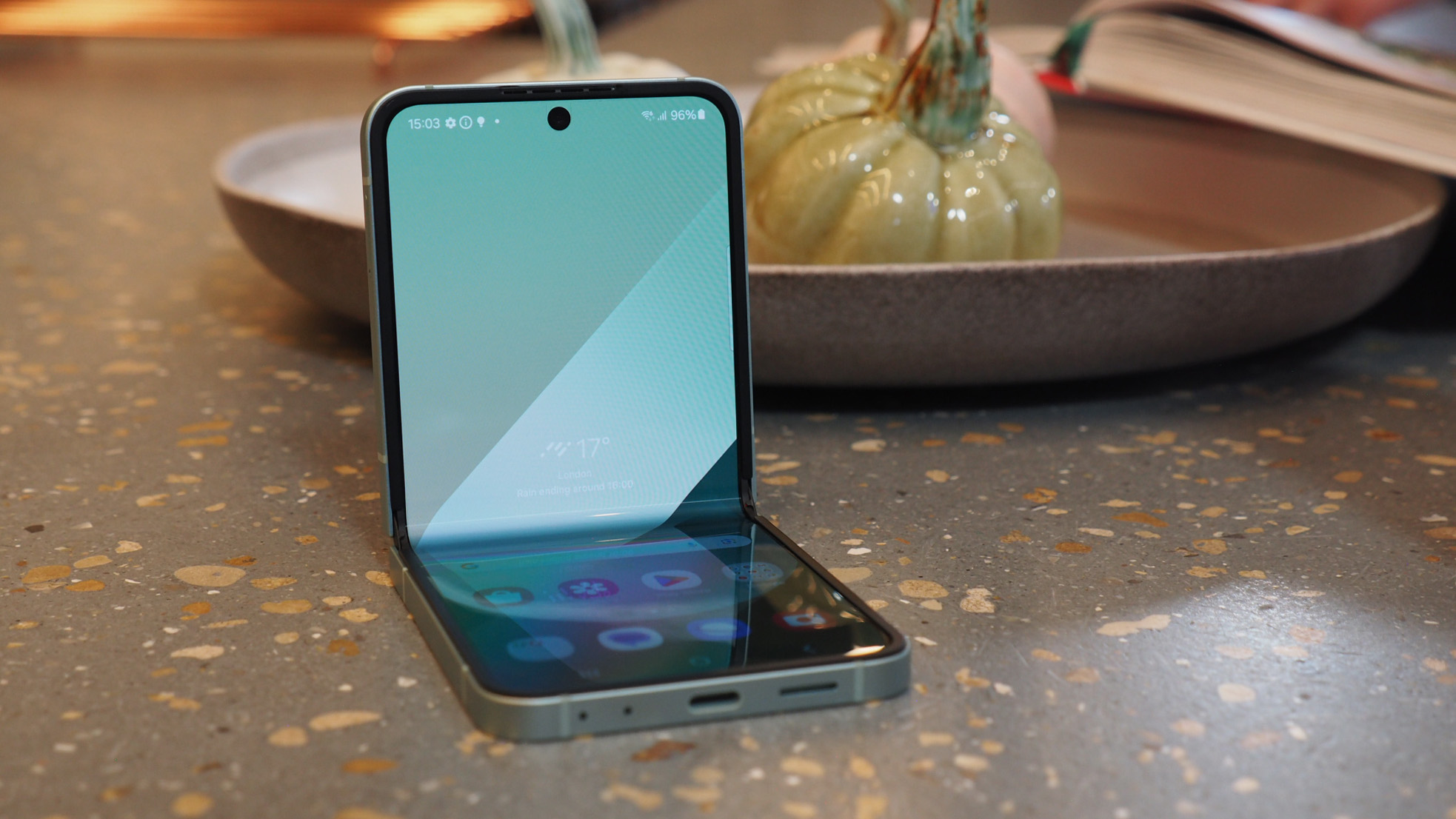 Samsung's foldables get Android 15 (One UI 7) at last, but there's a catch
Samsung's foldables get Android 15 (One UI 7) at last, but there's a catchYou might have to wait a bit longer for the full release
By Chris Hall Published
-
 Honor suddenly adds Samsung-rivalling upgrade that'll last for years
Honor suddenly adds Samsung-rivalling upgrade that'll last for yearsIt's a big change, and a welcome one
By Max Freeman-Mills Published
-
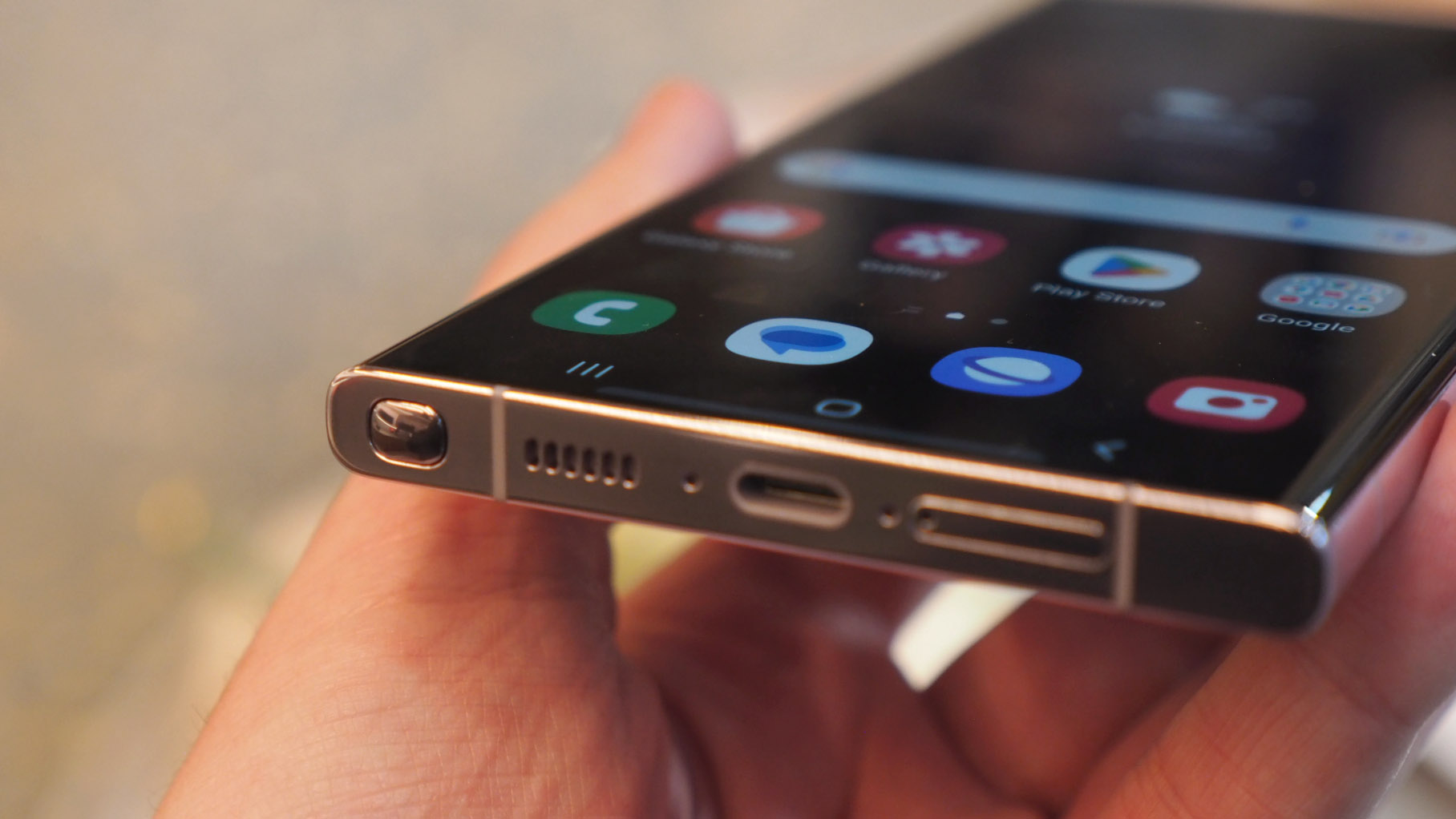 Your older Samsung phone could finally get Android 15 on these dates
Your older Samsung phone could finally get Android 15 on these datesYou could get a significant upgrade in the coming months
By Sam Cross Published
-
 Photoshop's getting a surprise free upgrade on iPhone – and Android's next
Photoshop's getting a surprise free upgrade on iPhone – and Android's nextThe full experience is coming to mobile
By Max Freeman-Mills Published
-
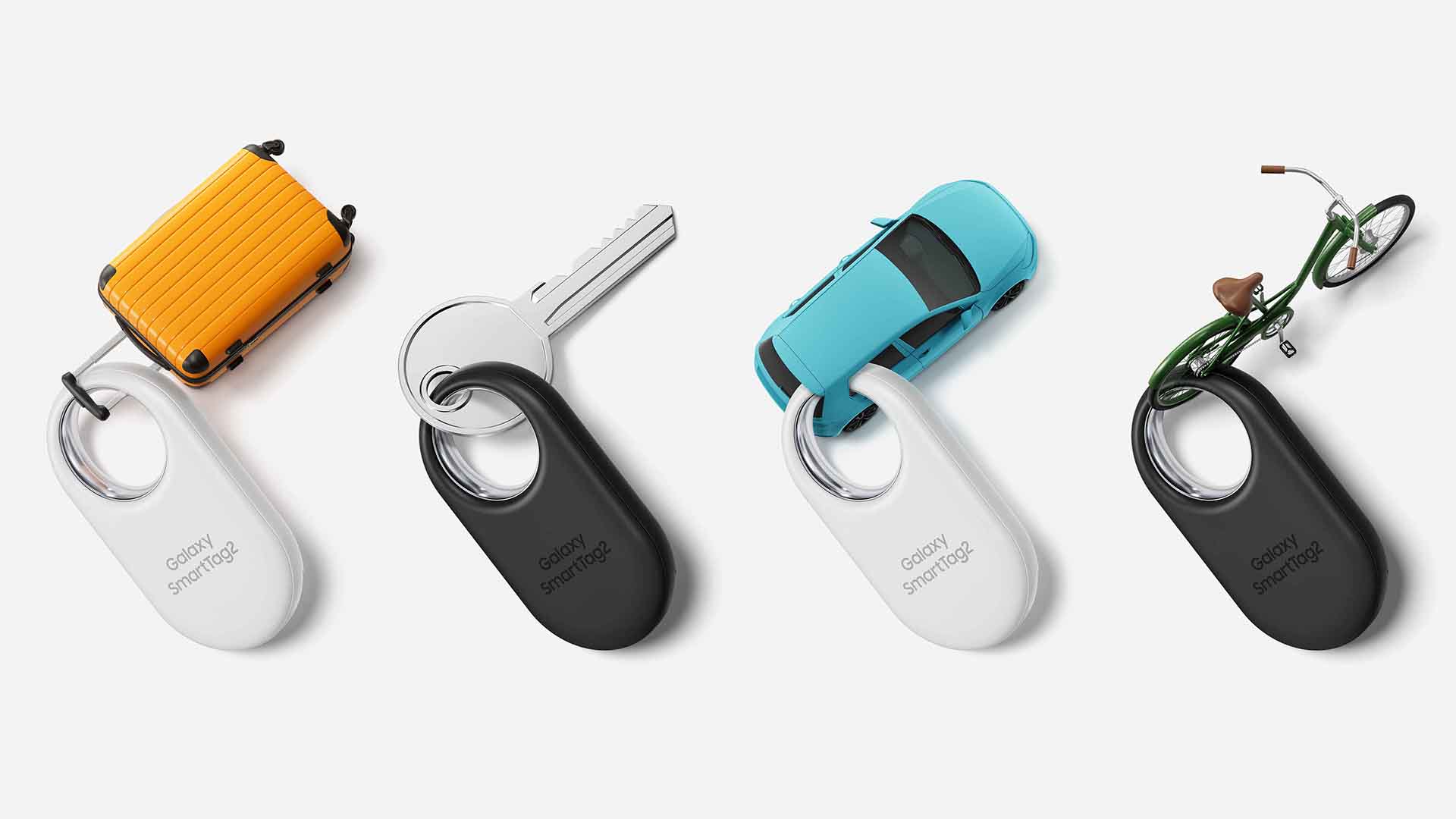 You can now use a Samsung Galaxy SmartTag with any Android phone, but there's a catch
You can now use a Samsung Galaxy SmartTag with any Android phone, but there's a catchThere's a clever way to get your Galaxy Tag working on other Android phones
By Chris Hall Published
-
 Here's when Android 16 will be officially detailed – Google I/O 25 date revealed
Here's when Android 16 will be officially detailed – Google I/O 25 date revealedWe're soon going to know a lot more about Google's plans as I/O 2025 is announced
By Chris Hall Published
-
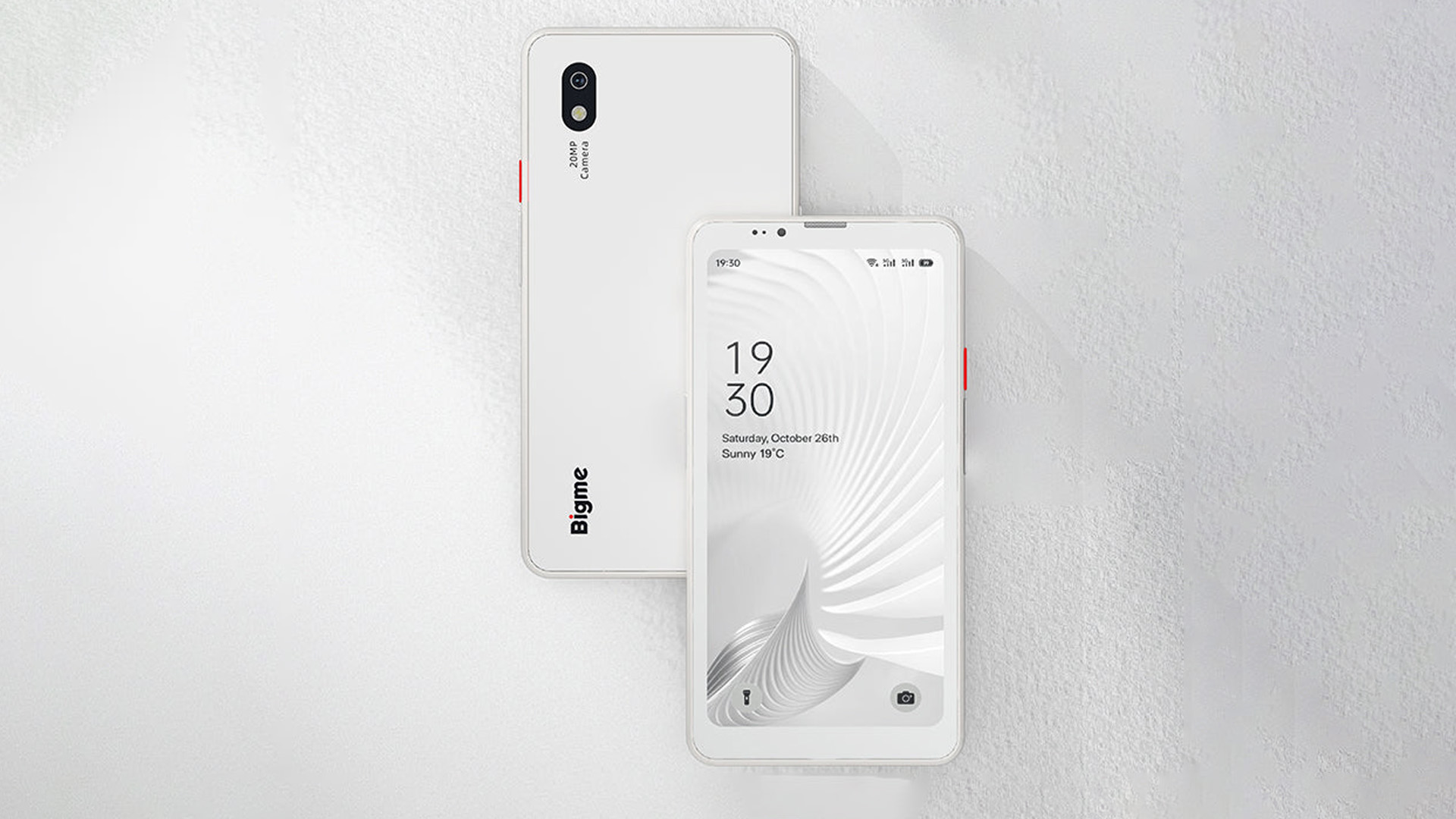 This Android phone is more Kindle than Pixel, and that's intriguing
This Android phone is more Kindle than Pixel, and that's intriguingBigme's E Ink Android handset is a very different kind of budget phone
By Britta O'Boyle Published